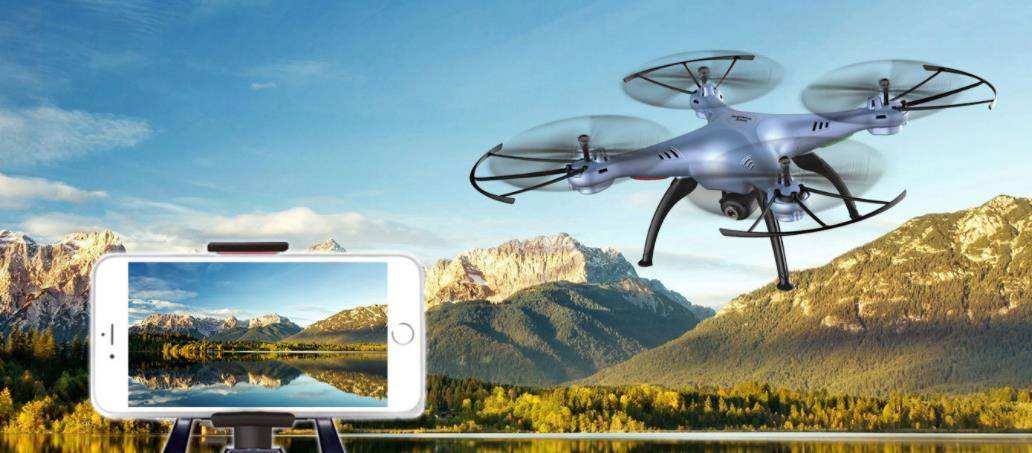In recent years, drones have emerged as a revolutionary technology with wide-ranging applications, attracting significant interest from hobbyists, businesses, and government entities alike. But what are drones, and how do they function? Essentially, these devices are unmanned aerial vehicles (UAVs) that vary in size, capability, and purpose. Driven by advanced technology, drones are remotely controlled or fly autonomously through sophisticated software-controlled flight systems.
Features of Drones
Drones are equipped with various technologies including cameras, GPS systems, sensors, and sometimes more specialized equipment depending on their intended use. Cameras allow for real-time aerial photography and videography, enabling users to capture images from perspectives previously inaccessible to human photographers. GPS and sensors enhance the navigation system, ensuring the drone maintains stable flight and can follow programmed routes accurately.
allow for real-time aerial photography and videography, enabling users to capture images from perspectives previously inaccessible to human photographers. GPS and sensors enhance the navigation system, ensuring the drone maintains stable flight and can follow programmed routes accurately.
Applications of Drones
From capturing breathtaking landscapes to ensuring safety during surveillance operations, drones are becoming instrumental in diverse sectors. In aerial photography, drones have unlocked new creative possibilities and are favored by filmmakers and photographers who seek unique shots. Delivering packages, particularly in remote or challenging environments, is another intriguing application, with companies already experimenting in logistical operations. In agriculture, drones provide farmers with detailed insights into crop health, soil conditions, and pest management, thereby revolutionizing farming practices.
Military and Surveillance Use
Perhaps one of the more controversial uses of drones is in military and surveillance operations. Equipped with high-resolution cameras and heat sensors, they can spy, track, and even engage targets in risk-prone areas without endangering human operators. While their utilization in warfare raises ethical debates, there’s no denying their role in contemporary defense strategies.
Drone Regulations
The growing ubiquity of drones raises questions about privacy, security, and regulatory frameworks. Many countries have introduced strict guidelines to govern the use of drones—setting limitations on flight altitudes, distances from airports, and the requirement for permits in certain areas. Compliance with local and international regulations is crucial for drone operators.
Did you know?
Besides commercial uses, drones have become popular among tech enthusiasts participating in racing events, where speed and maneuverability are tested in competitive settings.
Future of Drones
The burgeoning field of drones is at the forefront of the future technological landscape. Potential advancements include improved battery life, increased payload capacity, enhanced AI for autonomous navigation, and greater integration with IoT devices. As technology evolves, so too will drones engage new markets and innovations.
FAQs
Q: Can drones be flown anywhere?
A: While drones offer unparalleled freedom in exploration and operations, their use is governed by various airspace regulations. Operators must check local laws and obtain necessary permissions before flying.
Q: Are drones costly?
A: The cost of drones varies significantly based on their specifications, features, and intended use—from affordable models for hobbyists to expensive versions meant for industry-specific roles.
Q: What advancements can we expect in drone technology?
A: Futuristic developments include superior AI systems for navigation, enhanced durability, and broader adoption in commercial sectors. The future holds exciting possibilities for drones across multiple domains.